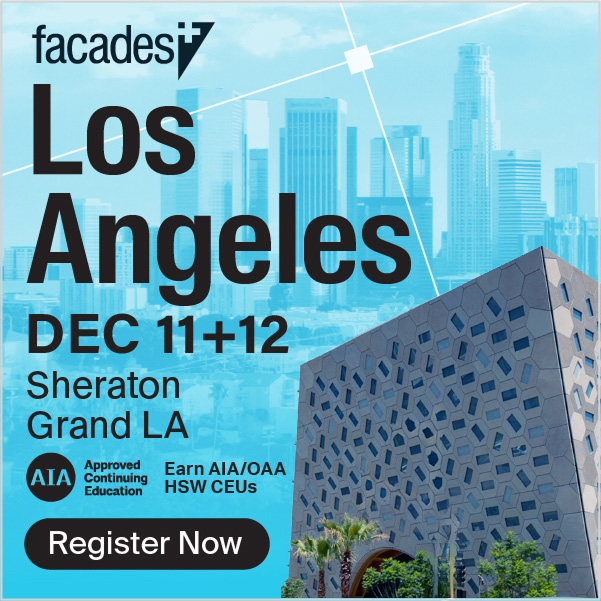
Computer-aided manufacturing has revolutionized the field of facade production over the last decade. Dana K. Gulling, author of Manufacturing Architecture, describes the overall trend as one of “custom repetitive manufacturing,” which reestablishes a level of customizability in industrial processes and facilitates fruitful collaboration between architects, facade engineers, and manufacturers from the design-assist phase to completion. To learn a bit more about the shift, AN surveyed leading facade engineers about how it affects their work.
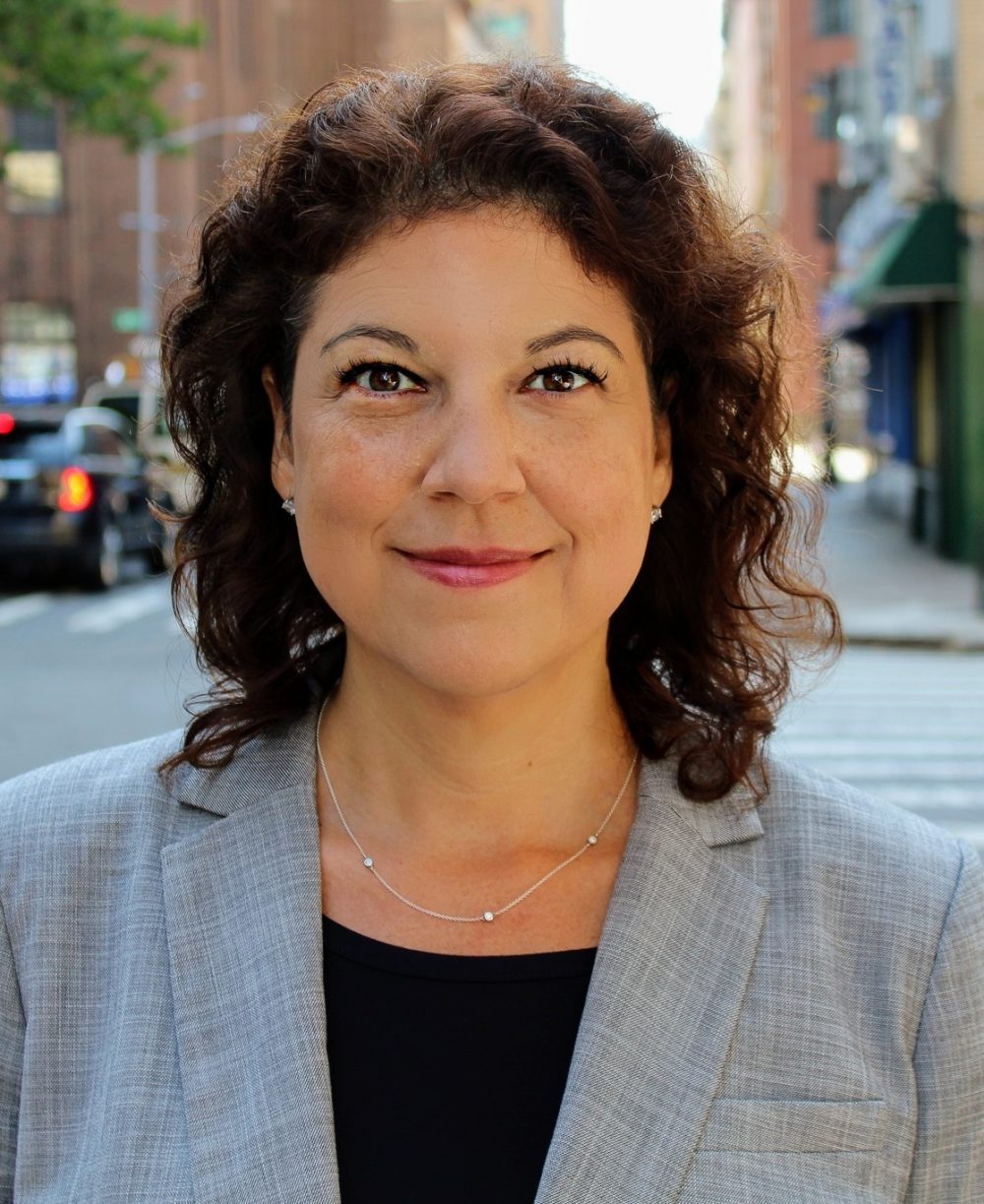
Erleen Hatfield
Managing Partner, Hatfield Group
Custom repetitive manufacturing (CRM) has the potential to change how we design and construct buildings by making advanced digital design processes—like computational and parametric design—a viable option for a broader range of clients. This results from custom-designed elements being fabricated cost-effectively and with minimal production waste. In our work as a design-driven engineering firm, we embrace CRM as a powerful tool for realizing even the most technically demanding architectural designs.
Before CRM, fabricating the type of custom elements associated with these processes was too expensive for most clients—it only made sense for high-budget projects, so the tremendous potential of digital design methods could not be realized on a broad scale.
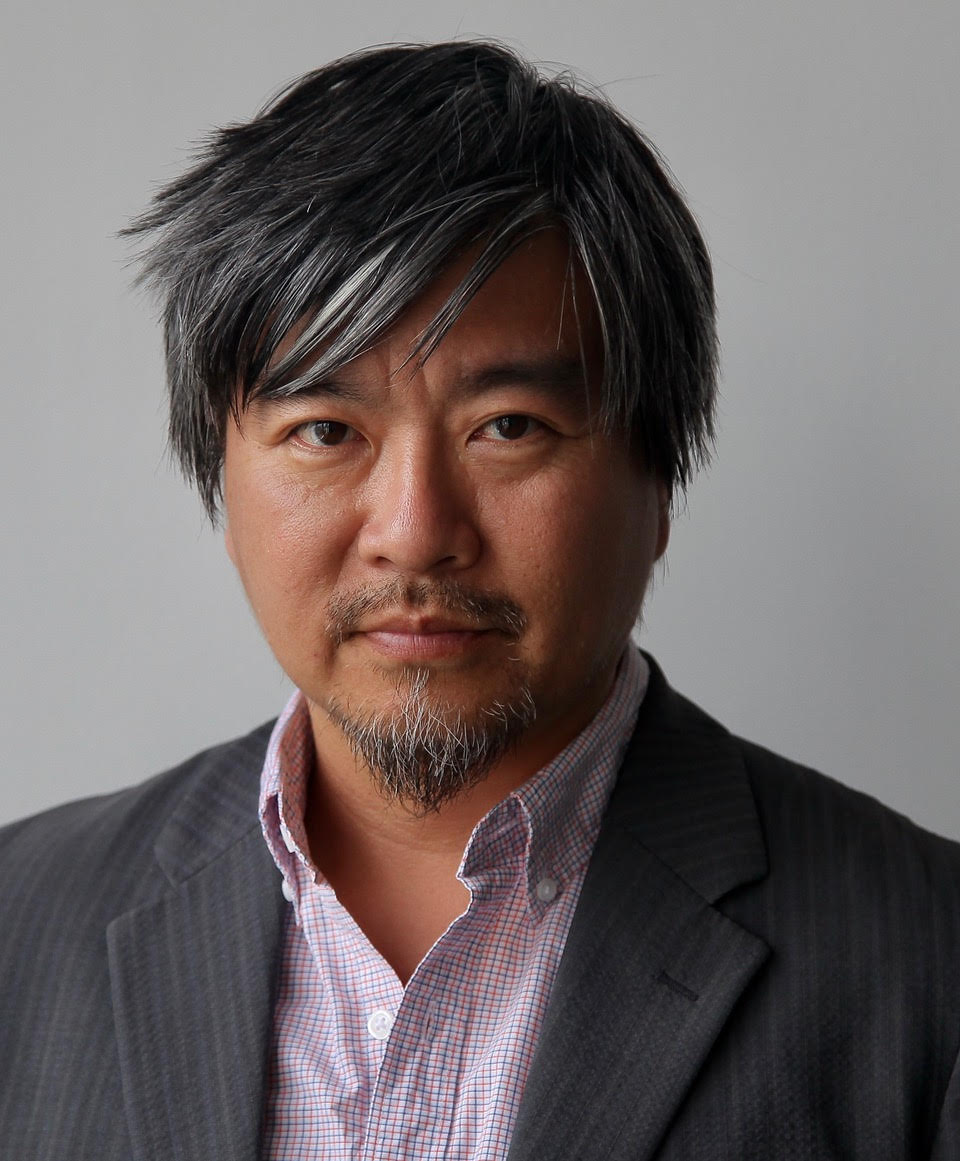
Michael Min Ra
Cofounding Partner, Front Inc
Key factors driving the realization of custom systems and components are a combination of conceptual demand and corresponding supply through advancements in and adaptations of technology in design tools, transfer of data, and compatible methods of manufacturing.
This sequential exchange of digital data from relatively low-resolution initial design to highly refined final solution enables successful custom fabrication and assembly of parts, and variability within given system parameters and schedules.
This mode of practice is applicable to both repetitive and variable facade typologies. Repetition offers profound advantages in allowing more detailed definition with simplified cost control, whereas variety can be accommodated through instantiation. As the costs of digital design processes diminish and designers’ manufacturing and construction knowledge expands, this process of customization will proliferate to the extent seen in other industries that benefit from economies of scale.
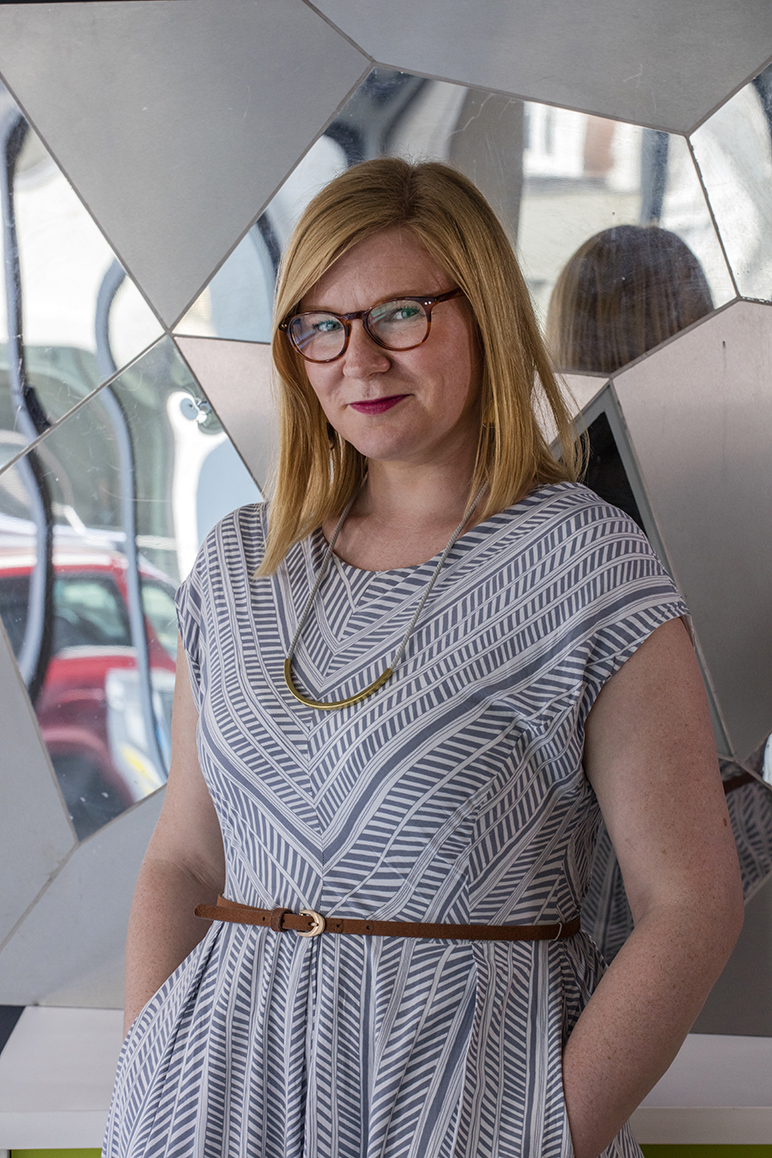
Anna Wendt
Director, Buro Happold
Repetitive manufacturing has long been admired from a cautious distance by both engineers and architects. Cost efficiency, precision, mass production, and shorter lead times are advantages that shouldn’t be ignored. The increasing opportunity to introduce unique, customizable features to the repetitive manufacturing process provides further opportunities for ensuring that a sense of craftsmanship is achieved for iconic buildings.
An example where the Buro Happold facade engineering team has pioneered the use of such technology is on the King Abdulaziz Centre for World Culture in Dhahran, Saudi Arabia. The project, designed by Snøhetta, has a unique facade comprising an intricate surface made from 215 miles of CNC-bent stainless steel tubes. Innovative planning and design allowed the design to be optimized and developed for production by the facade contractor seele.

Benson Gillespie
Partner, SURFACE DESIGN GROUP
The ability for fabricators to provide custom facade systems has been a blessing for smaller and midsize projects. Our 10 Jay Street project [in Brooklyn, New York], designed by ODA, is a great example of this trend, where a completely custom curtain wall system was used to achieve a geometrically complex facade design at a relatively limited scale. We expect that custom facade systems will only increase throughout the industry as parametric software becomes more integrated within design and fabrication processes.
This trend has led to an increase in the numbers of international fabricators participating in the design-assist and bidding processes, as their custom systems are often competitively priced in comparison with standard systems offered by local vendors. This leveling of the global playing field has significantly expanded the options available to designers and owners.

Chris O’Hara
Founding Principal, Studio NYL
The most important aspect of maximizing custom fabrication in mass production is to use the technology judiciously. Oftentimes in our studio, we try to take complex forms and develop them for modest budgets. To achieve this goal, we use a “kit of parts” mentality. We use mass-produced extrusions for glazing systems and mass-produced cladding support systems for our opaque cladding, and marry them with a substructure that can be digitally fabricated or arranged in a unique geometry to realize complex forms or longer spans.
Often lost in our ability to fabricate is the reality of installation. We can solve the translation of fabrication to installation through panelization, but in our experience it often is the marriage of high tech and low tech that leads to the best results. The fun and challenge is: How do we manipulate the systems our installers are comfortable with and use basic principles to make them unique?
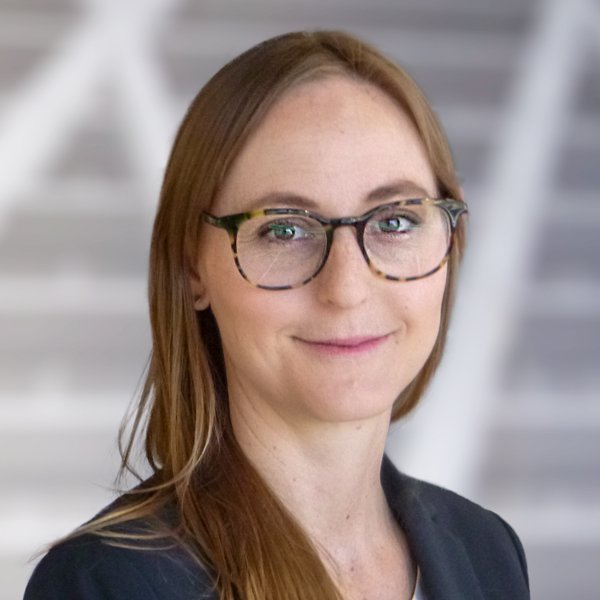
Ashley Reed
Director, DeSimone Consulting Engineers
When we consider the repetitive manufacturing and automation of building enclosure systems, we need to evaluate three distinct phases: design, fabrication, and installation. Advances in fabrication technologies and installation practices are instigating a collapse of the latter two phases. However, people are still superior at improvising and handling the complexity of on-site conditions and fabrication. Enclosure systems consist of assemblies designed to withstand loads and integrate varying levels of boundaries to control heat, air, and moisture. Currently, the fabrication of assembly components is automated, but the compilation of these components into the ultimate assembly is still largely reliant on human labor.

Alloy Kemp
Associate, Thornton Tomasetti
Custom repetitive manufacturing has forced us to be smarter about where we implement custom solutions and repetitive processes. Designing bespoke facades, even if they’re easier to realize now, still can incur increased costs. For example: Processes like heat-welding ETFE panels or laying up composites over a mold can be programmed to be repeated even when the physical output is different. But for curtain wall extrusions, numbers of dies are still a major cost factor. Attaching mullions at varying angles is less influential on cost. While we’re past the point of specifying one typical detail, not everything can be made fully custom at the same economy. It’s the fun, exciting challenge of being a facade engineer: to make complex facades developable from a repeated kit of parts and processes.
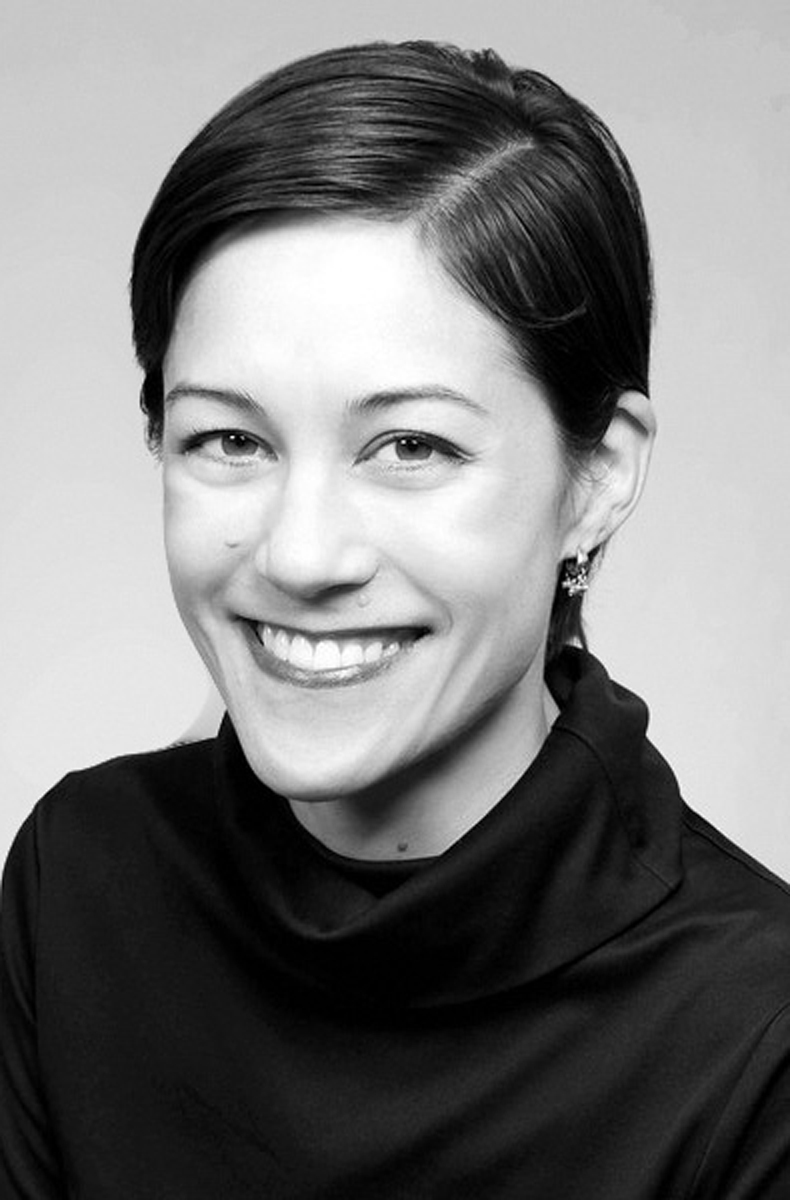
Karen Brandt
Senior Principal, Heintges
Although custom repetitive manufacturing is not a new technique for some materials in facades, like terra-cotta, exploration, and advancement of the design potential of custom repetitive manufacturing is increasingly a part of our consulting work with architects. We’ve observed a shift in interest from designing “one-off” final products to interest in custom tools used in the fabrication process that have the potential to amplify the value of both human and machine fabrication time. There is a fascinating range in “custom tool” approaches: from an extremely expensive but reusable tool used for the fabrication of complex bent architectural glass to an extremely inexpensive, but ultimately disposable, CNC-routed foam mold for architectural precast concrete. Sustainability will ultimately be the most important consideration to advance these approaches.
